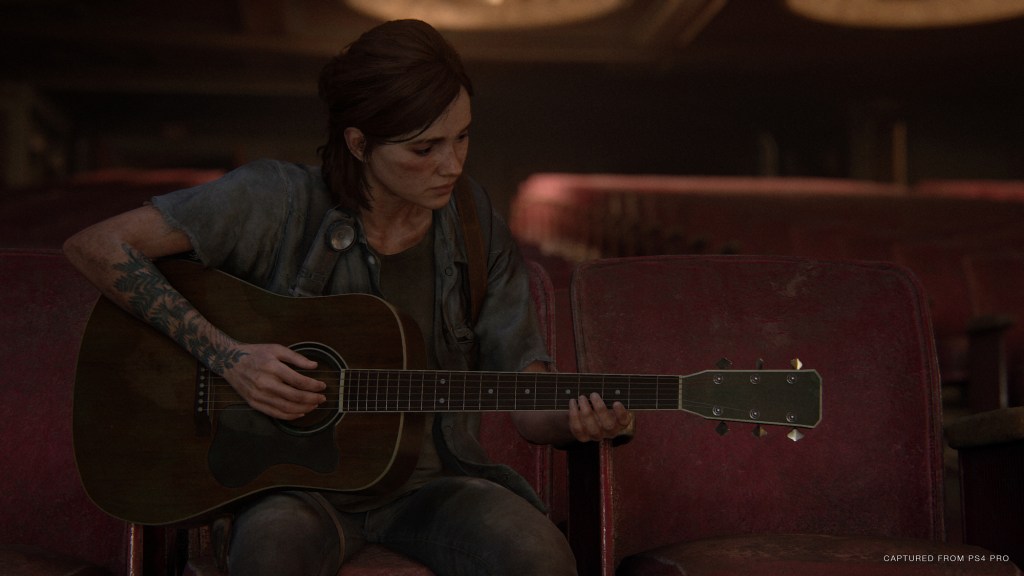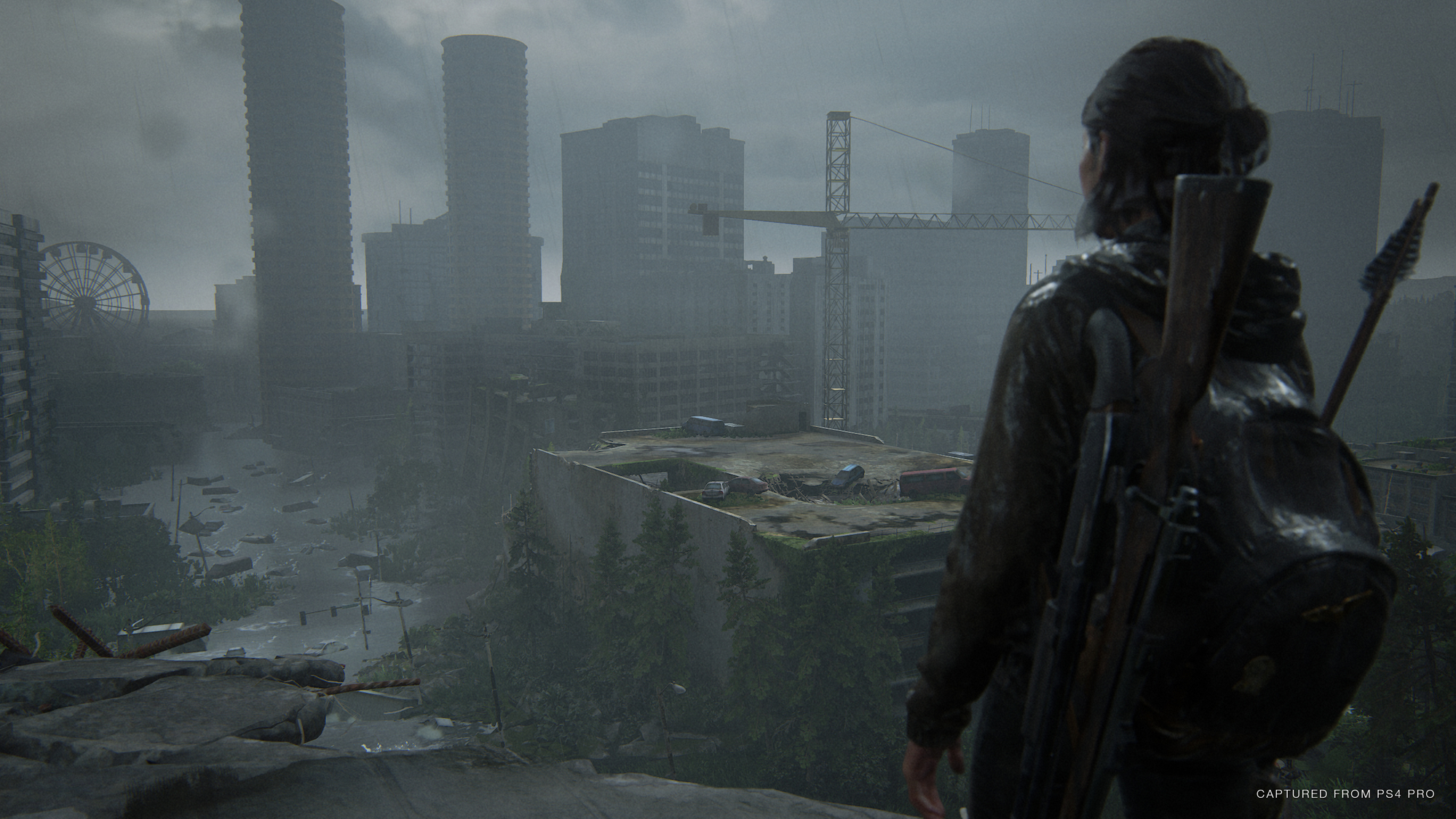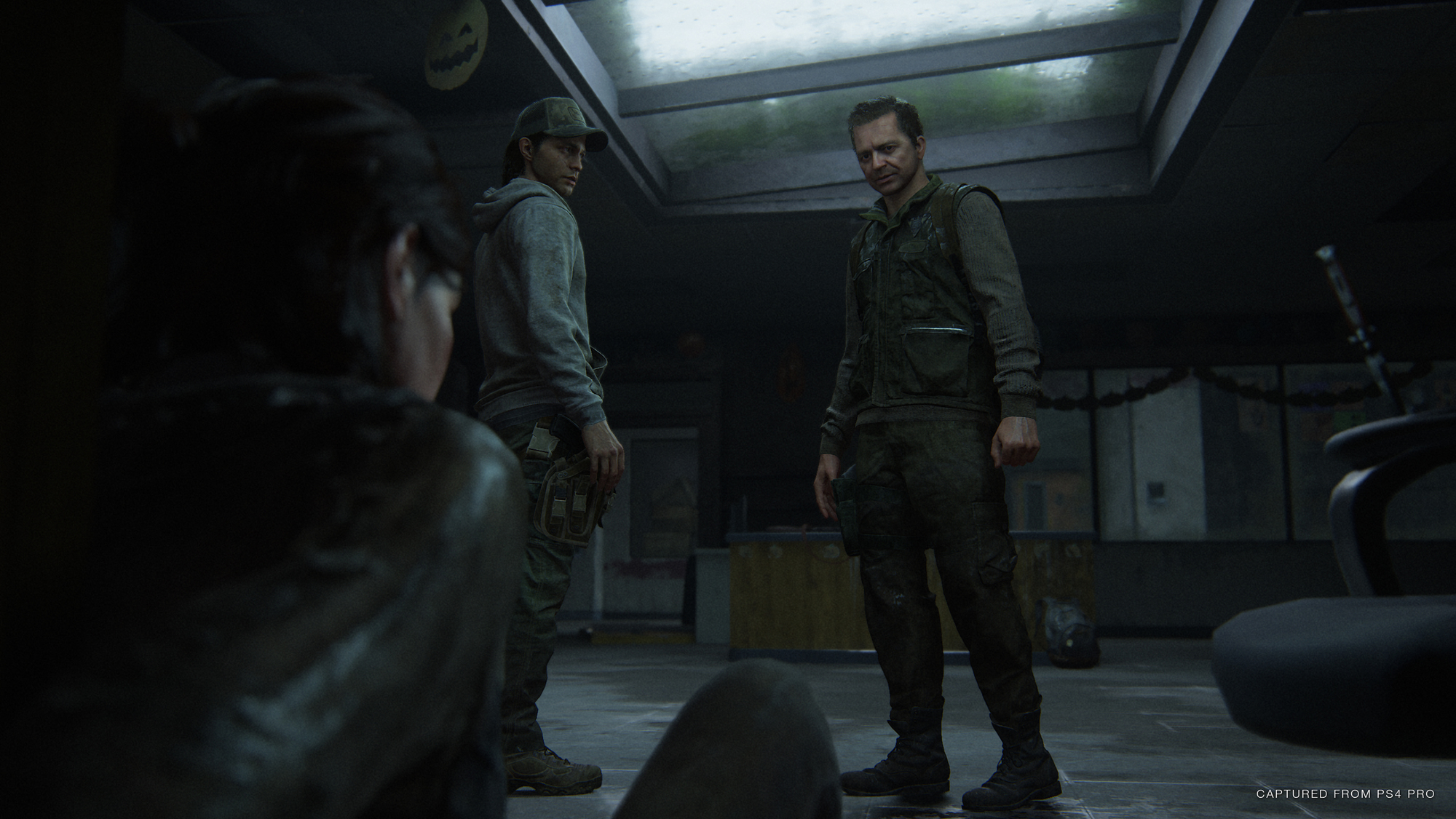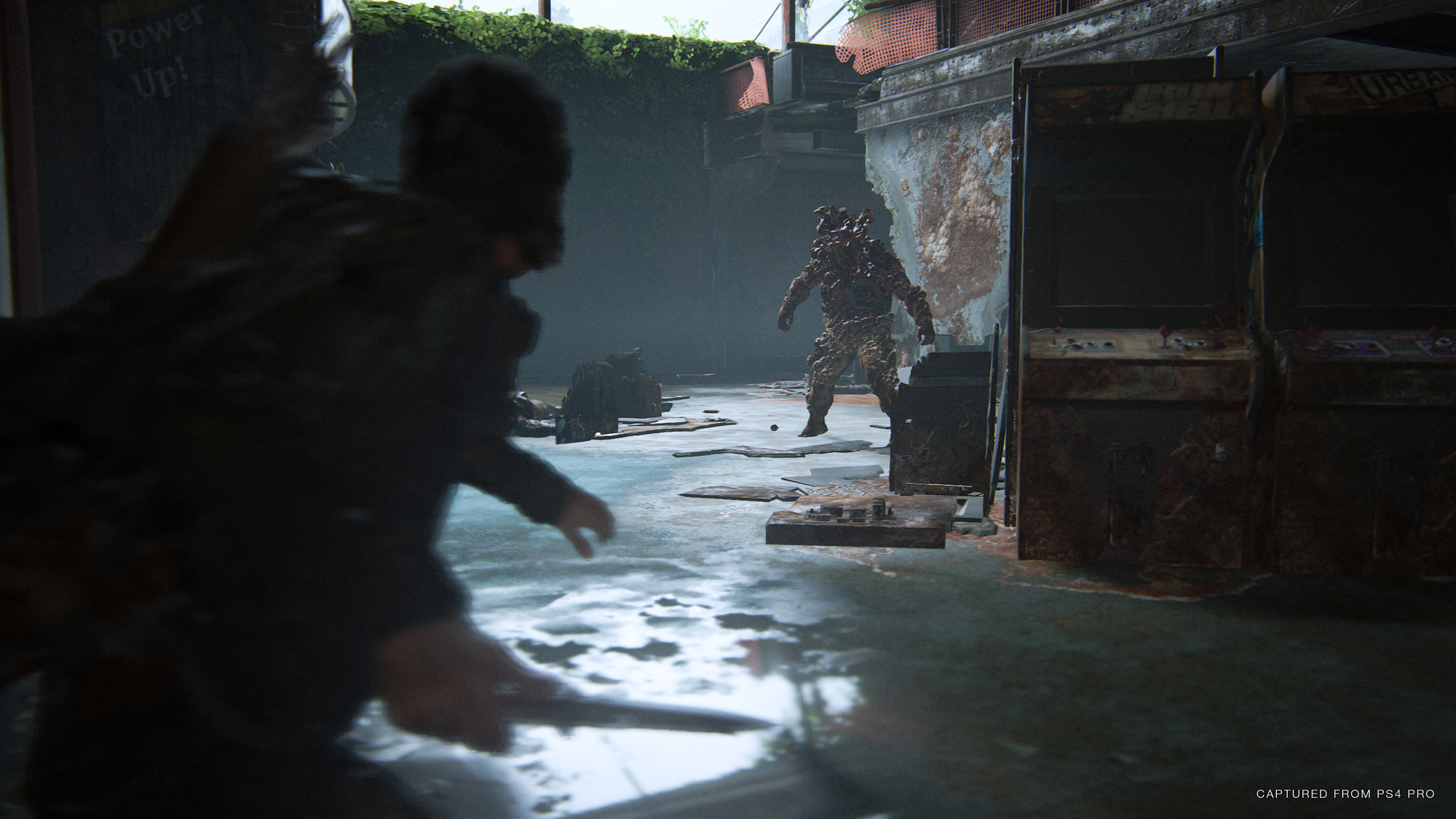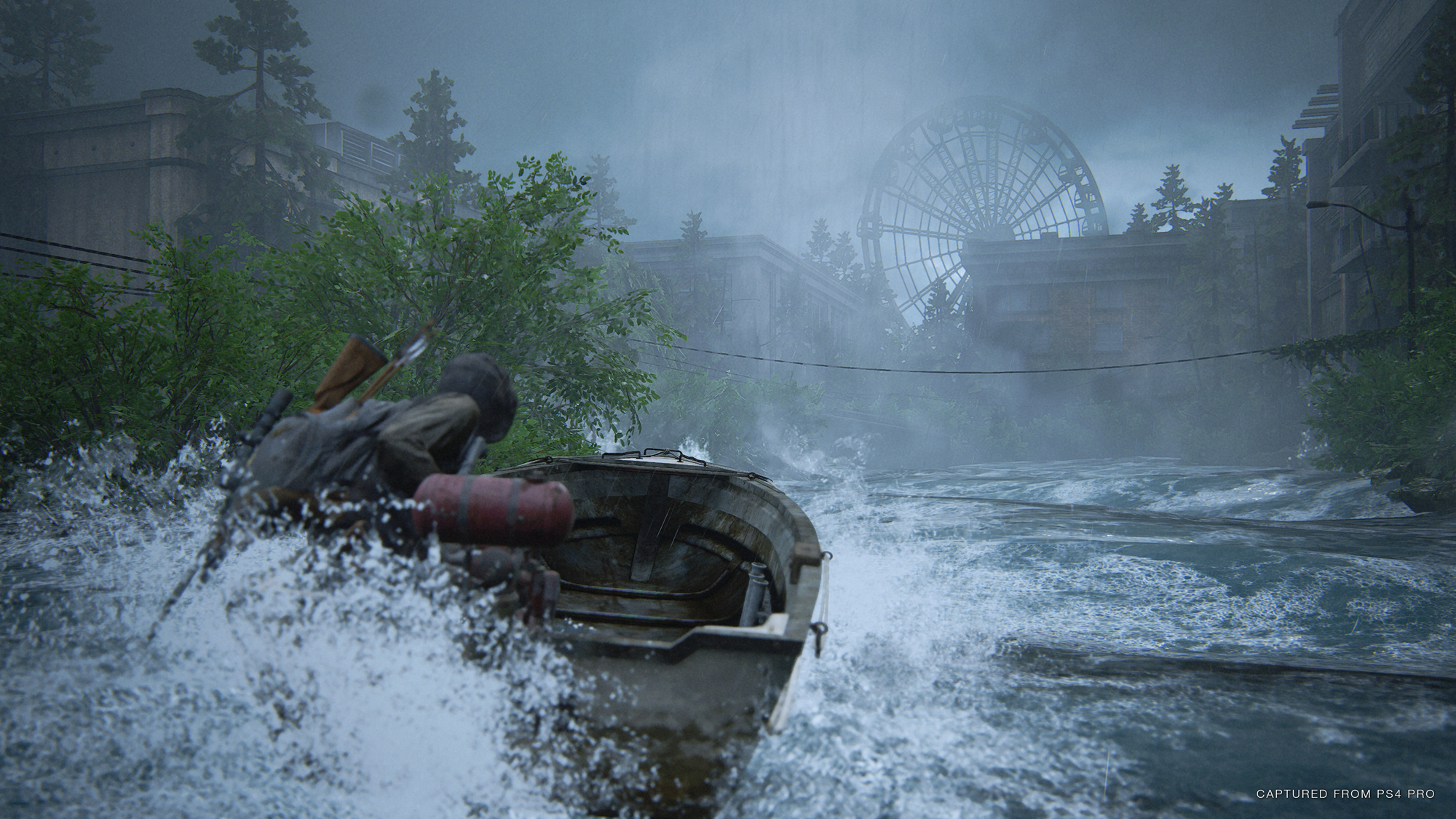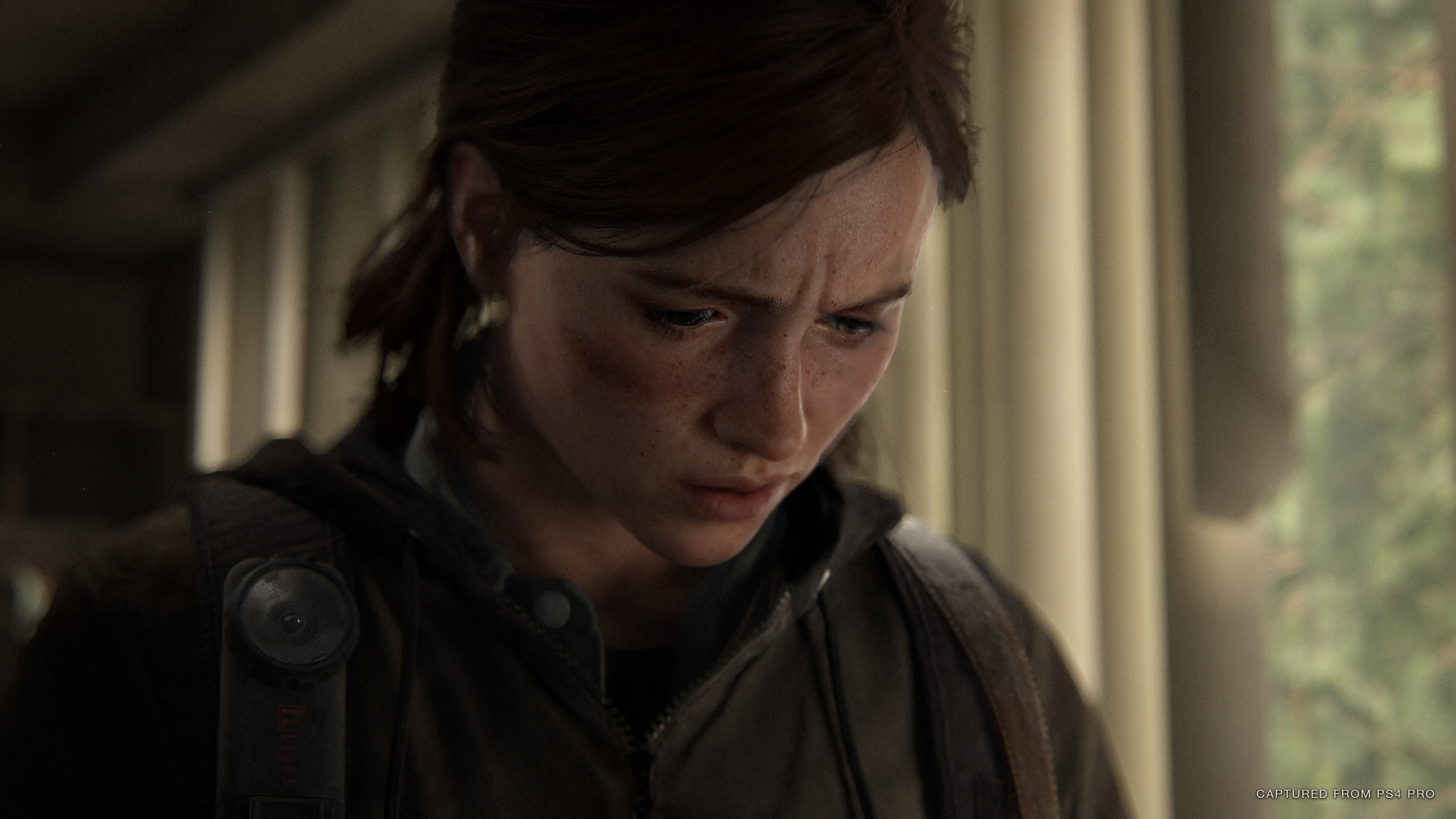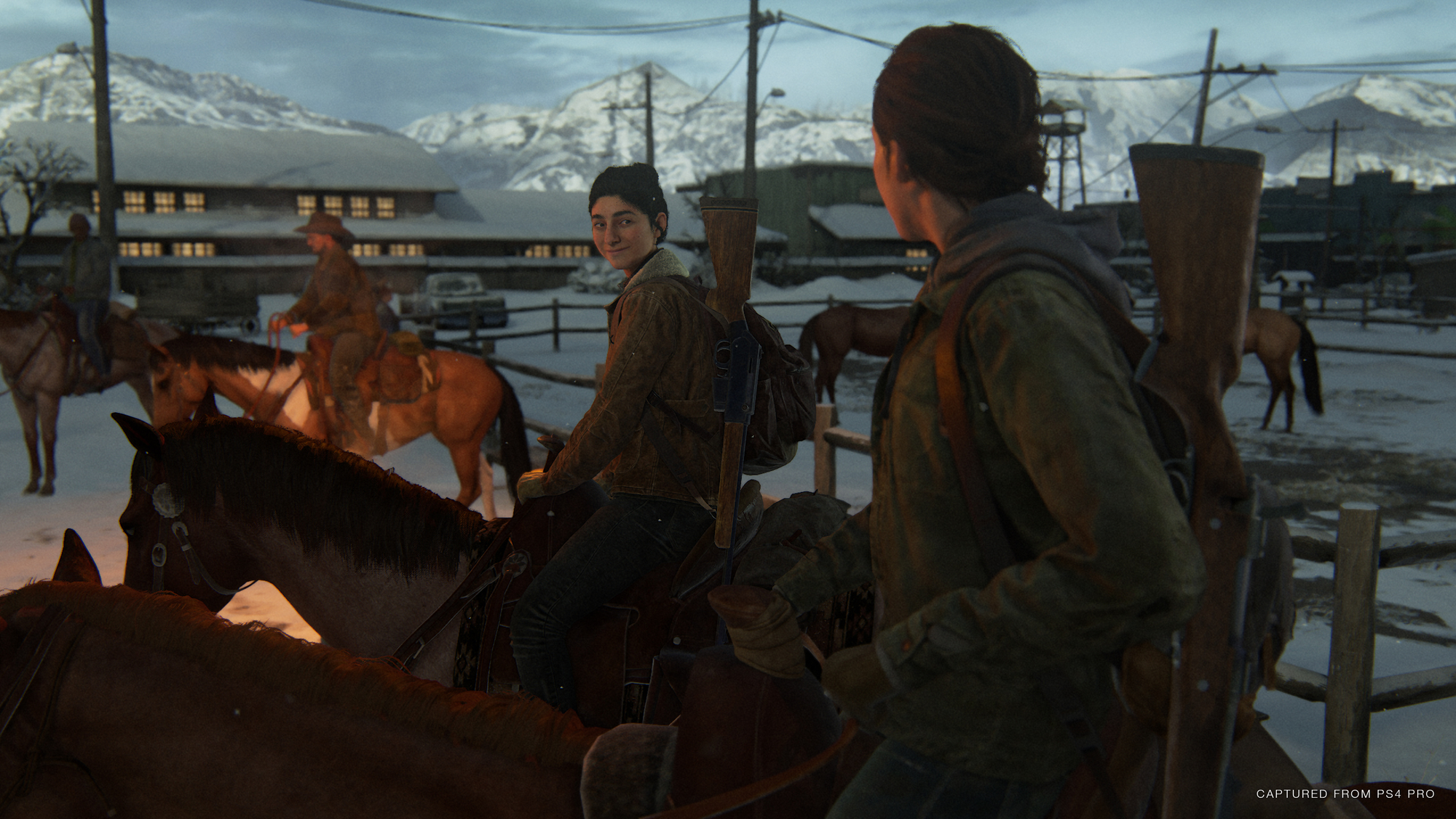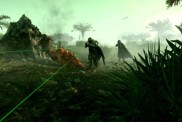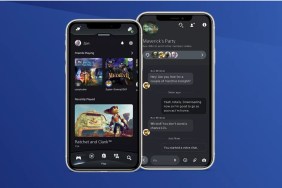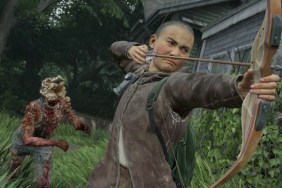If you haven’t played The Last of Us yet, this review will contain spoilers for the first game. It remains spoiler-free for the second game, but if you want to go in completely blind, all you need to know is that The Last of Us Part II is Naughty Dog’s best game to date, without a question, and you should really, really play the first game before jumping into this one.
I was one of those who never wanted a sequel to The Last of Us. Its journey, its ending; it painted a complete picture, said what it needed to say, and didn’t overstay its welcome. It may not have had the most perfect gameplay, and could occasionally be rather frustrating, but it left players thinking, trying to reconcile with the emotions they were feeling by the end. A sequel, I thought, would mar the succinct and thoughtful portrait of this Naughty Dog masterpiece. Over time I grew to accept the idea, but failed to see how a sequel could be anything more than a mere facsimile of the first. It turns out Naughty Dog considered the same things I had, and The Last of Us Part II doesn’t just follow or copy what the first did, but ends up harmonizing with it in a beautiful yet dark way. It’s a story worth telling.
There’s a good reason the game’s name is The Last of Us Part II and not just The Last of Us 2. Part II is a continuation of the first, the second part of a singular story, so deeply intertwined with themes and moments from the original game that it’s impossible to extricate the two. In fact, Part II provides an entirely new context around which to frame The Last of Us, continuing to explore the murky idea that everyone is the hero of their own story.
When we left Joel and Ellie at the end of the first game, we had to grapple with the fact that Joel might just be the villain. He killed innocent people, perhaps dooming the entire world, to save Ellie’s life. He lies to her, telling her that there were more immune people out there and that she wasn’t needed to create a cure, if a cure was even possible. He selfishly fabricates everything, conveniently leaving out the fact that he murdered numerous people to escape with her, because he didn’t want to lose another daughter.
That journey sees Joel go from cold smuggler, willing to do anything to survive in this harsh new world, to once again opening his heart to someone. That vulnerability and emotional growth, however, causes him to do some rather questionable things in the end, and that’s the conflict we’re left with. Joel is faced with a decision in which he loses either way. In one, he loses someone he loves. In the other, his love causes him to lose the shred of humanity that love gives him.
The Last of Us Part II Review – Heroes and Villains
The Last of Us Part II continues this discourse, challenging the traditional beliefs of heroes and villains. We’re all the heroes of our own story, but what if it’s not just our story anymore? We now take on the role of Ellie, who continues to grapple with confusion at that moment; that her whole journey to reach the Fireflies meant nothing. She’s grown up and started to move on, but her life keeps coming back to that moment and Joel’s decision, whether she believes the lie he told or not.
Naughty Dog has often faced criticism from fans for ludonarrative dissonance—which is basically the disconnect between the story being told in the narrative and the story being told in the gameplay. Uncharted’s loveable half-tuck, Nathan Drake, for example, is actually a mass murderer by gameplay standards, something that isn’t really explored on the narrative side of things too often. However, both The Last of Us and The Last of Us Part II use their dark post-apocalyptic setting to contextualize the gameplay and have it make sense within the narrative.
Moreso than just okaying the murder through the setting, Part II actually goes hard on making enemies more than just fodder for encounters. Human enemies will talk, interact, use each others’ names, and call out if someone dies. It really has an effect when an enemy stumbles across his dead friend and you hear “They killed Paul!” or if you kill someone in a group of people and one of them cries out “AMBER!” Suddenly that enemy grunt you just killed isn’t just a grunt. They were a person with a name and a life and a story. Sneaking through encounters using stealth can reveal even more about these characters as they talk with one another about their lives.
The AI’s realistic reactions also help add to that feeling. Shoot a guy in the leg and he’ll react appropriately. And don’t get me started on the dogs. Even more than just the difficult act of killing the dogs when it became necessary, if I killed a dog’s owner without alerting the dog, it would whimper and whine, occasionally exploring around, but always returning to the spot where the body of its human lay. Just that interaction had a devastating effect on me emotionally. Yes, these dogs wanted to kill me, but to hear their cries of anguish at the loss of their friend was almost unbearable. Never has a game so effectively promoted stealth gameplay where I tried to avoid killing where possible.
The Last of Us Part II has a rather unique way of telling its story across time and geography, something I won’t spoil here. It’s best left to the discovery of the player, but know that it does far more than just re-tread the ground of the original. It’s a wholly new experience deeply incumbent on its predecessor, but expanding to fit its own identity. It recontextualizes everything you thought you knew. It asks tough questions about your actions through perspective. What is the cost of vengeance? It’s a story of loss; and of love. And of the justification of our actions. By the time it wrapped up, I immediately started back up on New Game+ to go through Ellie’s journey again with renewed perspective. In that way, it stands apart from the original game, which I happily put down once I was finished, content for the singular experience and where it left me. For what it’s worth, finishing Part II even makes me want to play the first again.
And I’ve come all this way without once mentioning the infection? Infected make for some tense sections of gameplay, but the story doesn’t revolve around them. Of course, there are some encounters with the clickers and the runners and the other Cordyceps infected humans, but it’s really a backdrop; a setting. It’s the Washington Liberation Front (WLF) and the Scars (Seraphites) that present the biggest threats. The infection is predictable, natural, feral. Humanity, on the other hand, is something else. It’s pure; tainted. It’s dark; light. It’s predictably unpredictable. It’s that discovery and loss of humanity that lies at the center of The Last of Us Part II’s narrative.
The Last of Us Part II is a character story. It’s about the people at the center of that story and the people that revolve around those people. Of course there’s Joel and Ellie. But there’s also Dina. Jesse. Tommy. And others. It’s about their interactions and desires; their rage and love. Naughty Dog writes in a way that feels grounded and real. It deftly weaves in and out of moments of high tension and relative calm. It explores individual people unapologetically for everything that they are. Sometimes it leaves you wallowing in a moment of misery and sadness, and others you get swept off to the next story beat without the ability to emotionally process major developments. It’s expertly paced, even in the moments that don’t seem like it at first glance. There’s reason and symmetry behind everything. Even the guitar-playing minigame holds a deep significance if you really pay attention.
And by the time the credits rolled, I was once again left alone with my thoughts, attempting to process my emotions around everything that had happened. Much like the first game, The Last of Us Part II has stuck with me ever since the moment I finished it. It’s caused a mixture of emotions to flow through me, leaving me perfectly disquieted in trying to piece together my own feelings on Ellie’s story. This isn’t a game where you get to craft the outcome. Much like Joel’s choice to rescue Ellie in the first, you’re simply along for the ride here, and it’s going to cause some anguish even as it creates a unique level of empathy in a way that only video games can.
The Last of Us Part II Review – More Than Story
Along with an incredibly sympathetic and emotional story that complements the first, The Last of Us Part II refines the gameplay of the original game, sanding down many of its rough edges while maintaining the tones and themes of survival in a harsh world. It feels familiar—with looting, crafting, weapon upgrades, and training manuals for personal upgrades (like health upgrades, faster crafting, etc.)—but it’s been distilled following feedback from the first. In this way, it still effectively feels like a “Part II.” There isn’t a huge disconnect from the first when it comes to the basic gameplay mechanics, and you can transition from one into the other without missing a beat. It’s meant to be a another half of a whole, and the gameplay reflects that.
There’s an adequate balance between needing to explore for supplies and being able to just charge through the golden path of the story. The game constantly kept me on the edge of feeling like I was prepared for any situation, with limited inventory meaning you can’t be overly primed for any situation, but also not having supplies too far off if you do end up shy on ammo or equipment.
But it’s never a drag to explore the world. Known for their environments, Naughty Dog once again outdoes themselves, aging this post-apocalyptic environment in such detailed ways that I would have never even considered. This isn’t just a ham-fisted “layer wreckage and overgrowth on top of everything.” It’s obvious that a ton of time and effort went into deteriorating the world in a believable way.
In fact, the world is structured in such a way that most instances of exploration feel natural and not excessively forced or “designed.” Naughty Dog is great at building setpieces in which the world feels limitless while simultaneously guiding you down a very specific path. The world is insanely detailed, with the more open-area designs lending themselves well to exploration, the feeling of this vast space around you, and the story being told within those places. There are countless instances of environmental storytelling to let the imagination run wild on what may have happened over the years in each of these locations. Every piece of the environment feels deliberate, even if it doesn’t directly relate to Ellie’s story. It’s these very details that will make most players’ playthroughs take a long time, with an expected final playtime of anywhere from 25-35 hours. It took me about 30 hours to finish my first playthrough, and that was with a moderate amount of exploration, but not getting 100% of the collectibles by the end.
Fortunately, there’s plenty of replayability. Once finished, a New Game+ option appears, allowing you to play the entire game again with all of your existing upgrades. New Game+ is actually the only way you can get all of Ellie’s abilities, so you’ll have to be selective during your first playthrough. There’s also both a chapter and encounter select, if you are just looking to go back through and clean up collectibles or trophies. The chapter select even lists what items you are missing from each section of the game, making cleanup easy.
That’s just a small piece of the accessibility that The Last of Us Part II offers players. Not only is it easily Naughty Dog’s most accessible game, it might just be one of the most accessible games ever. Its full suite of accessibility options is designed within the game at a core level, maintaining the game’s mood, atmosphere, and tone, while also giving players with disabilities an incredible array of features that can help nearly anyone enjoy the game. And all of those accessibility options are completely independent of difficulty. Players can tailor the game to their needs without feeling like they have to be shoved in the kiddie corner because of a disability. Even within the difficulty options, there are granular controls to adjust specific aspects of the difficulty, rather than just overall making the game harder or easier.
I played on a launch PS4 and it handled The Last of Us Part II impressively. I never detected any slowdowns or framerate issues. The game looked amazing using the base PS4’s HDR capabilities. It’s a testament to how well first-party Sony studios can develop and optimize for the PlayStation hardware, squeezing every last drop of power and capability out of the console. While I can’t speak firsthand for the experience on the PS4 Pro (outside of old demos at various gaming events), I can only imagine it’s even better in true 4K, rather than my 4K TV’s upscaling. Deciding to play it on a base PS4 or PS4 slim isn’t compromising the experience at all though.
Even 2000 words later, The Last of Us Part II feels like an impossible game to talk about. Not just because of potential spoilers, but because there are so many facets that it’s going to continue to be discussed in various ways for years to come. My second playthrough highlighted elements I’d never even considered on my first time, both in narrative and gameplay possibilities. Everything I’ve talked about here is a mere fraction of the game’s full experience, and write and rewrite as I might, it never seems like I can really fully capture the experience, particularly not without diving into some pretty deep spoilers.
It’s an empathetic emotional journey that recontextualizes the idea of the hero at the center of the story through new perspectives and unique methods of storytelling that only video games are capable of. It’s a multi-faceted experience with symmetry, details, and layers that players will be discussing for years. Polish and production values not only meet but exceed the level of Naughty Dog quality that players have come to expect. The Last of Us Part II is an era-defining game, a perfect companion to the first that harmonizes with, rather than smothers, that original pivotal ending, crafting an unforgettable and emotionally challenging narrative with these beloved characters.
The Last of Us Part II review code provided by publisher. Version 1.01 reviewed on a launch PlayStation 4. For more information on scoring, please read our Review Policy.
-
Emotionally riveting story with incredible pacing
-
Harmonizes with the first game, earning its "Part II" title
-
Challenges players' perceptions
-
Refines the first game's gameplay
-
Beautifully detailed environments
